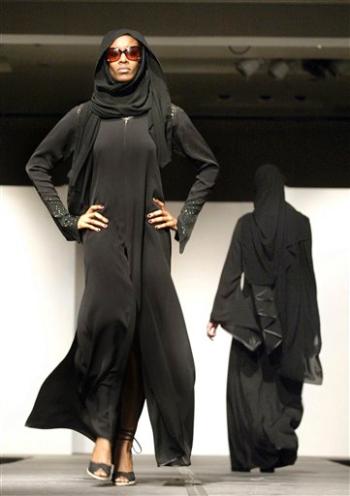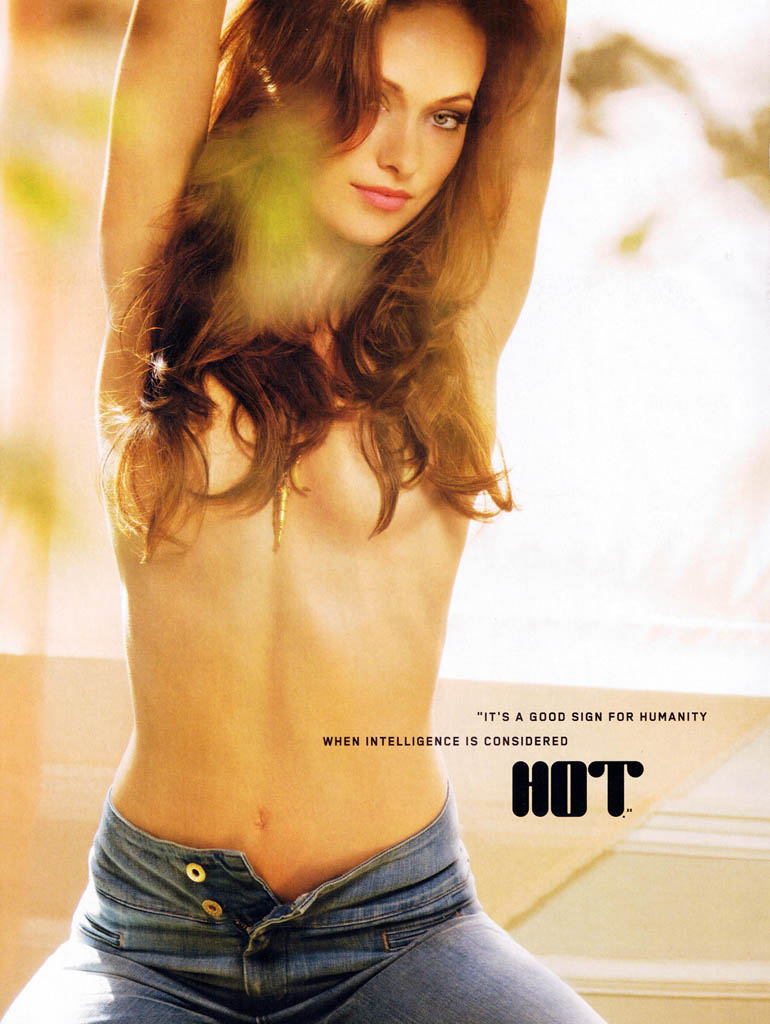The Islamic Dress of the Gulf
 The term 'Abaya' has many definitions and often there is a difference over what an Abaya Fashion like, what it consists of and what colours it comes in. The way I would define an Abaya is that it is a black long cloak (one piece) that covers everything below the shoulder except hands and feet. The Abaya garment is commonly worn among the Middle Eastern khaleeji (gulf) women.
The term 'Abaya' has many definitions and often there is a difference over what an Abaya Fashion like, what it consists of and what colours it comes in. The way I would define an Abaya is that it is a black long cloak (one piece) that covers everything below the shoulder except hands and feet. The Abaya garment is commonly worn among the Middle Eastern khaleeji (gulf) women.
The rational behind this definition is to set the Abaya Fashion apart from the Jilbab garment which has some similarities but many differences. Jilbabs to begin with have arms which are stitched to the main body of the cloak. It has many colours and has many designs such as hooded Jilbabs and has a wider range like smart, casual, work etc. Jilbabs can incorporate more style into the actual shape of the garment like frills, flares, ruffles, cuffed sleeves, laces, pleats and much more.
Abaya Fashion, on the other hand, are one piece garments with sleeves which are not actually stitched to the body of the garment but formed as one piece. This may sound as strange as it does but it is an age old custom amongst the Arab Khaleeji (Gulf) women to wear it like that. Abayas traditionally come with embroidery on the neck, sleeves or base hem.
Abaya Fashion come in light materials as long as the colour is black such as lexus crepe, a polyester type of material for a standard priced Abaya . Abayas made from internet crepe and satin materials are higher end quality and fairly expensive and can cost anything from £100 to £300 or over. Abayas can be open fronted with buttons all the way Afrom the topa down or closed.
Modern day Abaya Fashion worn by the younger generation are moving away from the traditional embellishment on the garment. The younger generation opt for more stylish geometric, floral patterns from silver or gold embroidery, bead, sequins, multi coloured crystals for standard or Swarovski for more expensive Abayas. These intricate patterns are added onto neckline, bodice, base and flowing flared sleeves with tassel to make it look more chic, trendy and elegant for younger generation to wear Abaya.


 The term 'Abaya' has many definitions and often there is a difference over what an Abaya Fashion like, what it consists of and what colours it comes in. The way I would define an Abaya is that it is a black long cloak (one piece) that covers everything below the shoulder except hands and feet. The Abaya garment is commonly worn among the Middle Eastern khaleeji (gulf) women.
The term 'Abaya' has many definitions and often there is a difference over what an Abaya Fashion like, what it consists of and what colours it comes in. The way I would define an Abaya is that it is a black long cloak (one piece) that covers everything below the shoulder except hands and feet. The Abaya garment is commonly worn among the Middle Eastern khaleeji (gulf) women.The rational behind this definition is to set the Abaya Fashion apart from the Jilbab garment which has some similarities but many differences. Jilbabs to begin with have arms which are stitched to the main body of the cloak. It has many colours and has many designs such as hooded Jilbabs and has a wider range like smart, casual, work etc. Jilbabs can incorporate more style into the actual shape of the garment like frills, flares, ruffles, cuffed sleeves, laces, pleats and much more.
Abaya Fashion, on the other hand, are one piece garments with sleeves which are not actually stitched to the body of the garment but formed as one piece. This may sound as strange as it does but it is an age old custom amongst the Arab Khaleeji (Gulf) women to wear it like that. Abayas traditionally come with embroidery on the neck, sleeves or base hem.
Abaya Fashion come in light materials as long as the colour is black such as lexus crepe, a polyester type of material for a standard priced Abaya . Abayas made from internet crepe and satin materials are higher end quality and fairly expensive and can cost anything from £100 to £300 or over. Abayas can be open fronted with buttons all the way Afrom the topa down or closed.
Modern day Abaya Fashion worn by the younger generation are moving away from the traditional embellishment on the garment. The younger generation opt for more stylish geometric, floral patterns from silver or gold embroidery, bead, sequins, multi coloured crystals for standard or Swarovski for more expensive Abayas. These intricate patterns are added onto neckline, bodice, base and flowing flared sleeves with tassel to make it look more chic, trendy and elegant for younger generation to wear Abaya.






